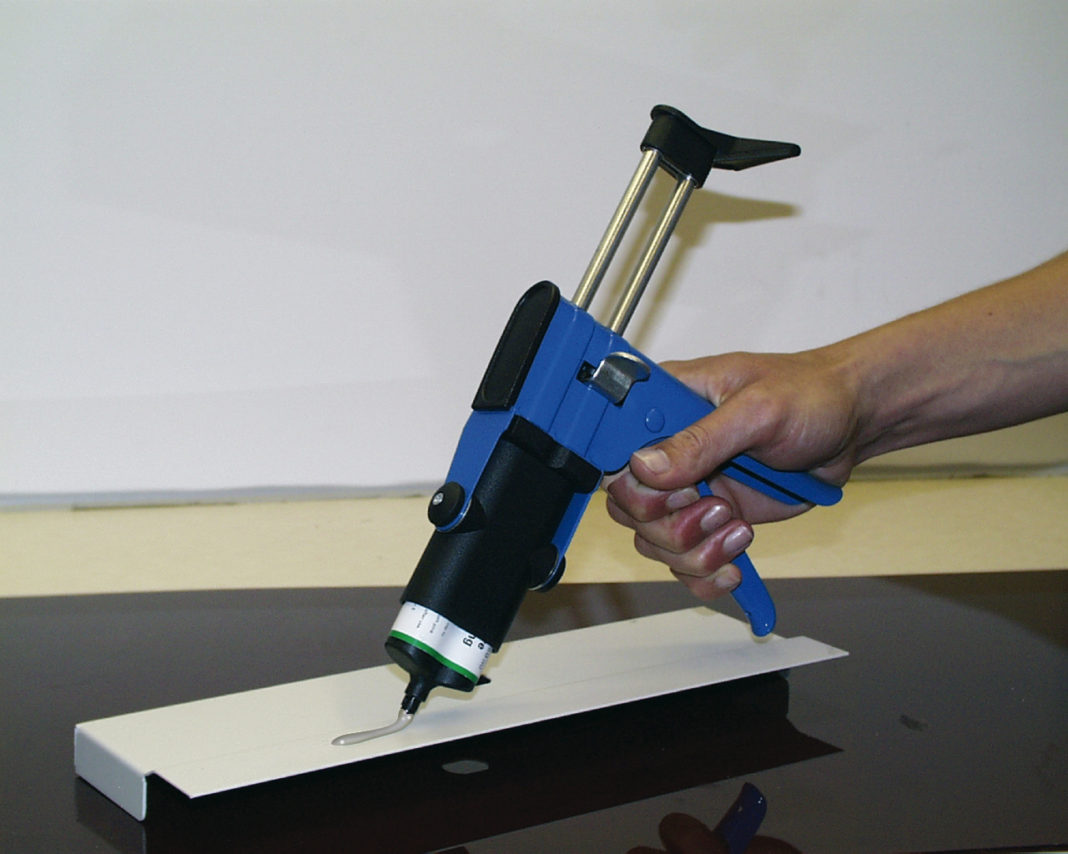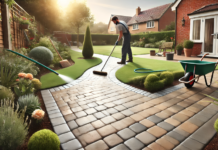All over the world, the overwhelming majority of businesses and industries required to join metals for any given purpose across the board rely primarily on welding. Part of the fabric of the world for generations and a process that the modern world could not have been created without, welding is one of the most revolutionary joining techniques the world has ever seen.
But while there will of course always be a place for welding and similar methods of joining metallic components, a newcomer is beginning to make a quite enormous mark in the same area – the bespoke adhesive.
There was a time in years gone by when the idea of using a kind of ‘glue’ to replace a welded joint would have seemed far-fetched to say the least. These days however, the world’s leading adhesive tape converters and bespoke adhesive manufacturers are approached dozens of times on a daily basis to query and place orders for new-generation adhesive products that are slowly but surely pushing classic welding processes to one side.
Which begs the obvious question – what kinds of benefits can bespoke adhesive products possibly have over tried, tested and trusted welding?
1 – Incompatible Metal Joining
Perhaps the single biggest limitation of welding throughout its history is that of it being extremely difficult to join ‘incompatible’ metallic components. When two metals have a wholly different melting point, creating a solid, seamless and faultless joint is tricky to say the least. By using a custom adhesive instead, there’s technically no such thing as incompatibility.
2 – Improved Efficiency
Not only is the equipment to go about the welding of metals expensive, but the process also relies on a quite incredible amount of energy. By contrast, when you use a cutting-edge adhesive to get the job done there may be little to no energy required and minimal expense with regard to equipment. By removing the machinery and the high energy use from the equation, costs are kept to absolute minimums and overall efficiency of output is improved exponentially.
3 – Additional Finishing Unnecessary
One of the biggest and most inevitable problems with welding is the way in which the welded joint itself seldom looks anything but rather messy after the join had been put in place. As such, in order to make the finished article look as it needs to, it’s normally necessary to implement an additional finishing process which means more tools, more energy, more time and more manpower. From grinding to painting to polishing up, it’s a painful yet necessary process. By contrast, when metals are joined using an adhesive as an alternative, the metals are in no way damaged or harmed in the process and so additional finishing is rarely necessary.
4 – A Tighter Hold
It may be hard to believe that a joint achieved using an adhesive could ever be as strong as a welded joint, but this is indeed the case. The reason being that when a weld is applied, it usually joins the metals along a relatively fine line or a small patch. By contrast, an adhesive can be applied to a larger surface area of the metals to be attached resulting in a bond that distributes the load and all applied pressure over a wider area, thus resulting in a tighter and more reliable hold.
5 – Join Metals Invisibly
Even in the very best of instances, it’s usually more that obvious to see where a weld has been used to join two metal components. Achieving a seamless result can be difficult to say the least as it’s inevitable that the heat of the welding equipment will in some way damage or taint the surface of the materials. When you switch to an adhesive however, no heating is required and therefore no damage is done to the metals during the process – invisible bonds come as standard.
6 – Flawless Seals
Something else to take into account is the way in which a bond created using a bespoke adhesive can also guarantee a wholly air and water-tight seal between the two components. Welded joints by contrast can be extremely secure and reliable, but almost always fall short of creating a proper seal between the two components.
7 – Fragile or Unusual Materials
Last but not least, there are certain metals and alloys that simply cannot be put through the normal welding process as they are too sensitive, fragile or downright unusual to be compatible with others. This again is where the real beauty of adhesive joining shines through as there’s a perfect bespoke adhesive out there to suit every material and every application across the board.









